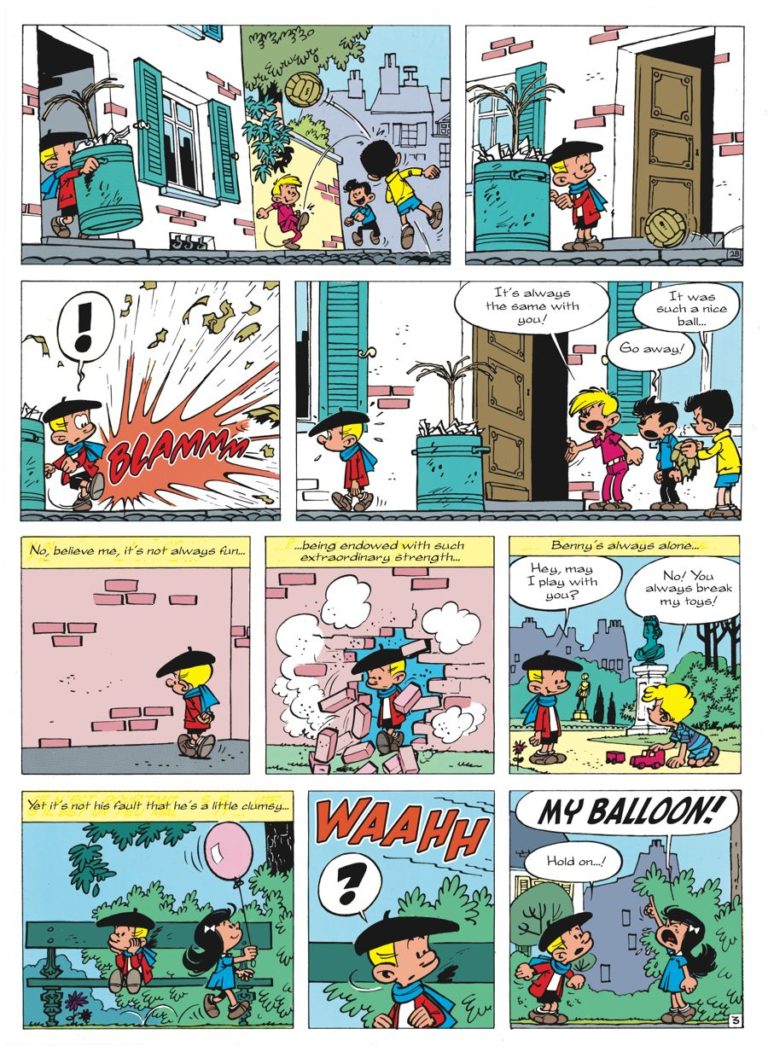[dropcap]A[/dropcap]lright, I’m going to say something crazy, are you ready? There is a comic book festival in Harlem. I can understand if you’re not as excited as I am, but in all fairness, the very idea of a comics festival in Harlem is super exciting to me, yet I get your potential indifference. For me it’skinda like being in a conversation and floating out a great line from an amazing movie that none of your friends have seen, some beautifully insider knowledge that turns something boilerplate into anything but. There is a bit of back knowledge and some cultural experiences that you might need to be aware of in order for a comic book convention at the Schomburg to be considered mind blowing but if we’re ever going to get you as excited for the black Comic Book Festival as you should be, then you have to be filled in on the backstory and for that we’re gonna have to start somewhat at the top.

We know now that Harlem was borrowed. Her streets and the stories told about them were to be leased out, held in wait, figuratively buried in the dark like black truffles, until gentrification made Harlem valuable enough to reclaim and the presence of palatable culture made her safe enough to consume. The stories lived by mothers guarding children from ironwood police batons and the stories of children born, flesh turned over time into bitter fruit with wax canvas skin, burdened with the false necessity of being something more special than themselves, were harvested and milled, processed and bleached and woven into stories of othering thrills and schadenfreude for white families to edify somewhere far away from Harlem streets.

Yet either through foresight, fortune, or human nature, it occurred to someone: if you can’t own the ground beneath your feet, you should try to keep the memories you make there. And so there were collectors of the experiences of people of color — people from the community who gathered, catalogued, and maintained the experiences of the people of the neighborhood and of the African diaspora as a whole. One of these people was a historian from Puerto Rico of African and German descent named Arturo Schomburg and his collection came to be housed in a museum/research library on the corner of 135th Street and Malcolm X Boulevard and was named the Schomburg Center for Research in Black Culture.
As a part of the New York Public Library system, the Schomburg has been a home for the experiences of people of color since it opened its doors in 1925 and the experiences of people of color are broader now than ever before…except that isn’t entirely true. The black experience has always been staggeringly diverse, more diverse in many cases than many communities of color have been traditionally willing to accept. Kids of color who grew up enjoying genre fare such as D&D, Sci-Fi, and comic books know this first hand: puzzled stares and frayed patience of family and friends as you try to explain why you love what you love; the knee jerk sorting of anything not explicitly “hood” into the catch-all classification of “white people shit” making all identifiers of you to a group ill-fitting; the special kind of suck to be in a marginalized sub-group within an already marginalized group. As such, and for the longest time, POC and nerd culture had the hardest time syncing up. So imagine my surprise when I found out that there was a comic book festival in the heart of Harlem and at the Schomburg no less.

The 6th Annual Black Comic Book Festival which took place over two days (January 12 and the 13th) was billed as “celebrat[ing] the rich tradition of Black comix” and it did just that and so much more. There were panel discussions led by members of the POC comic community that shared stories about their success and struggles. There were film screenings and special appearances from stars of the upcoming Marvel film Black Panther. There was even a cosplay show and competition with cosplayers bringing the kind of quality costumes you just don’t see that far uptown outside of Halloween. Black comic creators from across the country made the trek to NYC and set up shop in the Schomburg’s halls, and filled them with the kinds of catching up and networking that have all but gone extinct at bigger cons. The other significant difference from other conventions is that unlike a San Diego or New York Comic convention, creator-owned independent titles ruled the day, which meant the show floor had new and raw talent as well as cult favorites and indie vets.
All and all it was a hell of a thing to behold.
There were teachers in attendance with their classes in tow, showing the children the painstakingly produced art that lavished every table and reminding them that creating beauty was something that everyone was capable of if they only tried. The creators talked to the kids about their love of anime and manga and old school Saturday morning cartoons and the kids smilled and gushed back about all the things they love on YouTube and in the movies. The children posed with the cosplayers dressed in painted foam and hard plastic armor and asked to hold their props, so they could feel like superheroes too. By the end of the day, everyone there felt a little more connected, both to a community of people who share a love affair with comics and sci-fi, and to the history and the horror and the triumph and the struggle of the black experience as told through the written word brought to life with digital ink and pixel pens, stories previously hidden in the streets of Harlem.







Picture Credits: NYPL Schomburg Center
[signoff]


